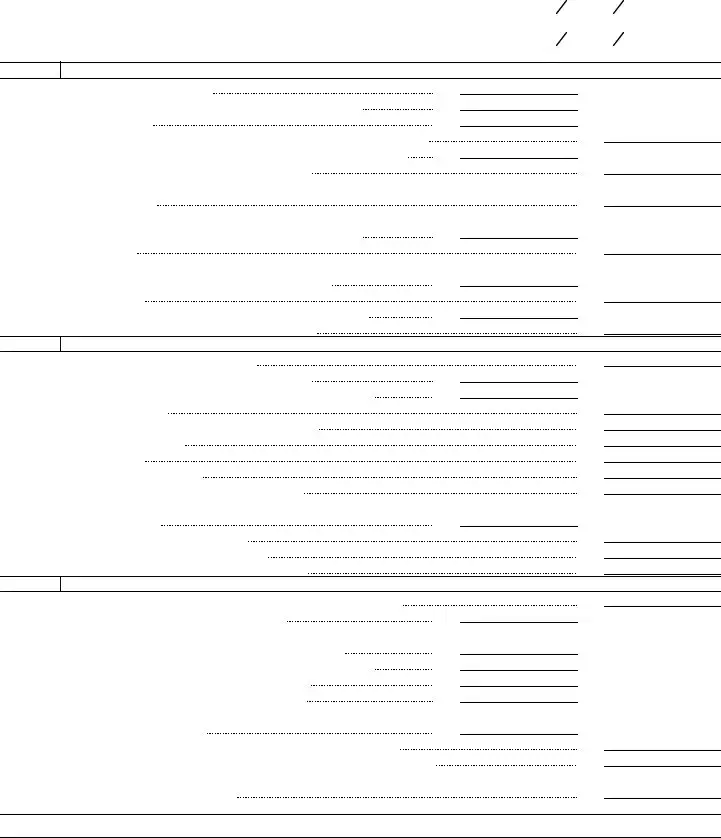Residents of Michigan who have earned income in a Canadian province are presented with a unique set of tax obligations and opportunities, specifically through the Michigan Department of Treasury form ITD 777, updated in January 2001 from its former designation C-4402 RC. This form enables these individuals to claim a credit for taxes imposed by Canadian provinces, a potential relief articulated under the Public Act 281 of 1967. The intricate design of the form demands that filers calculate their Canadian income and taxes in U.S. currency, requiring an annualized conversion rate to ensure accuracy. Part 1 focuses on this conversion, detailing steps to calculate the portion of Canadian income subject to Michigan tax, while Part 2 guides filers through computing their Michigan tax, taking into account both the U.S. and Canadian income and adjustments. The final section, Part 3, is pivotal as it outlines the allowable credit for tax paid to the Canadian province. Given the voluntary nature of this filing, meticulous attention to the conversion rates, along with a thorough understanding of both Michigan and Canadian tax laws, is imperative for maximizing potential benefits. The necessity to attach this completed form to one's MI-1040 return underscores the interconnectivity of U.S. and Canadian tax systems for residents living and working across these borders.
